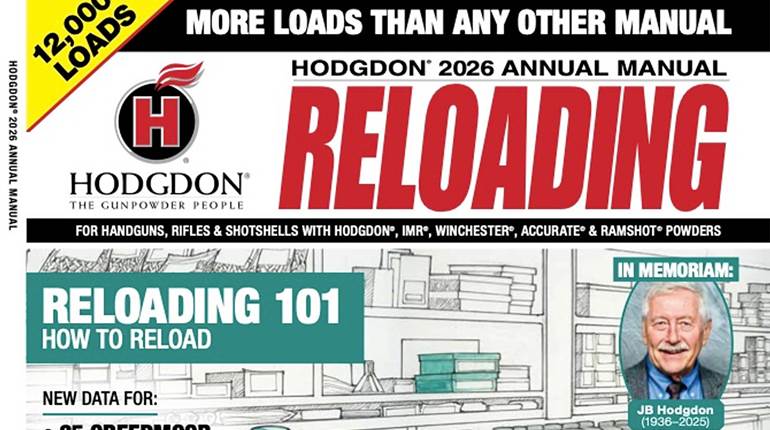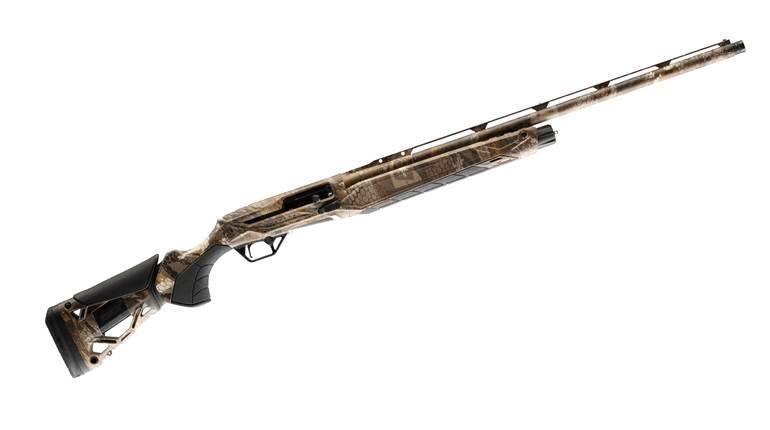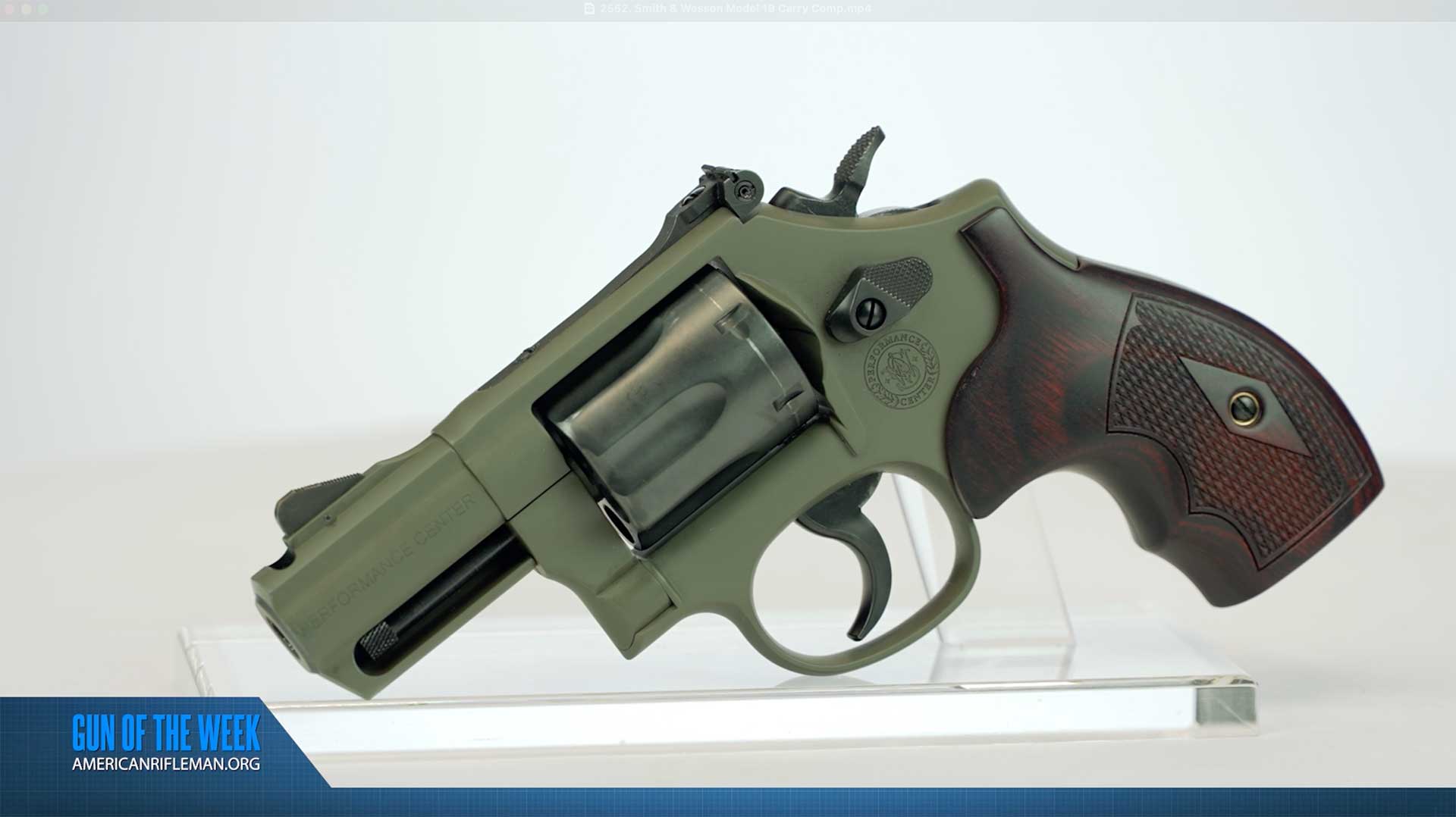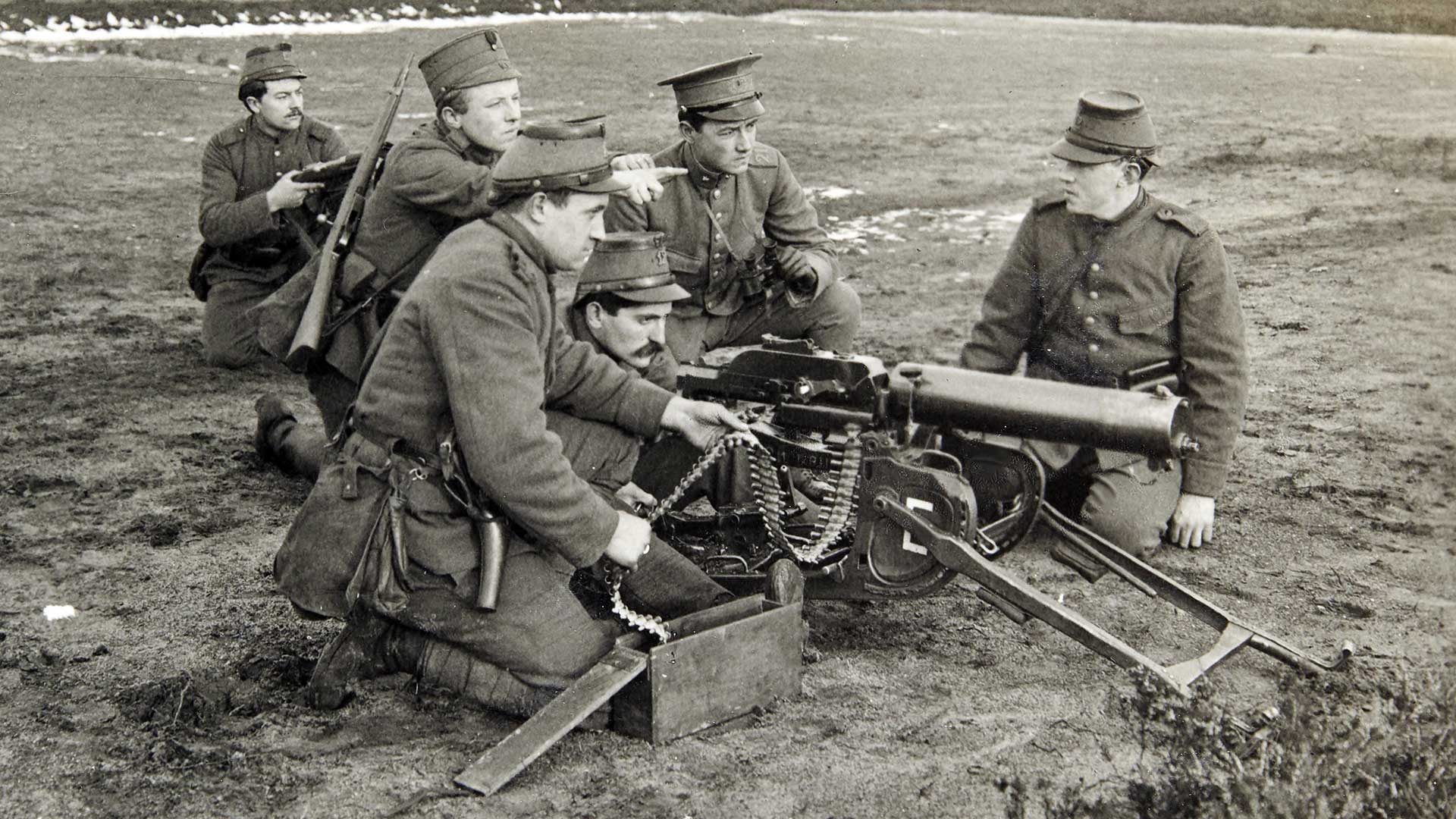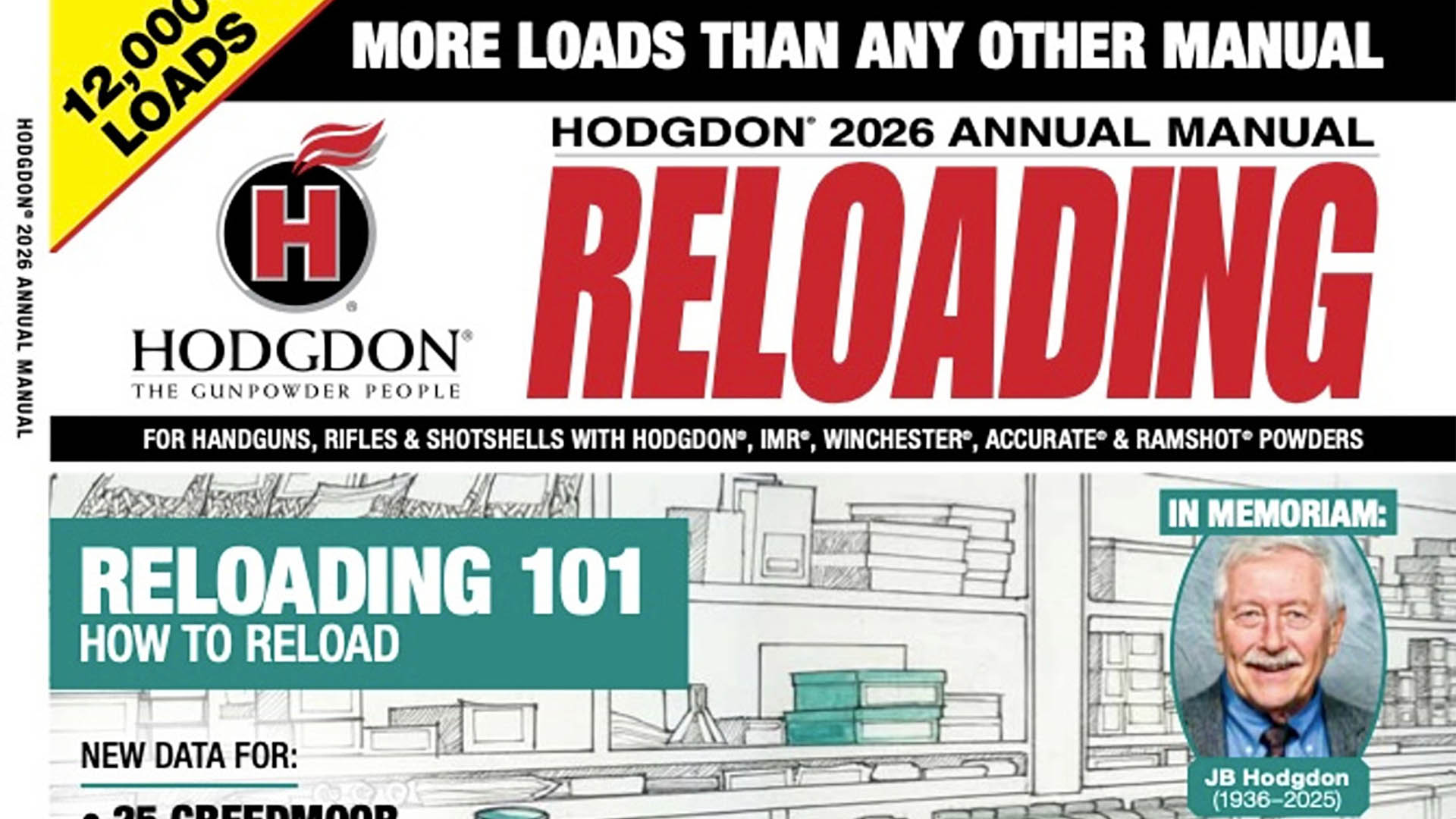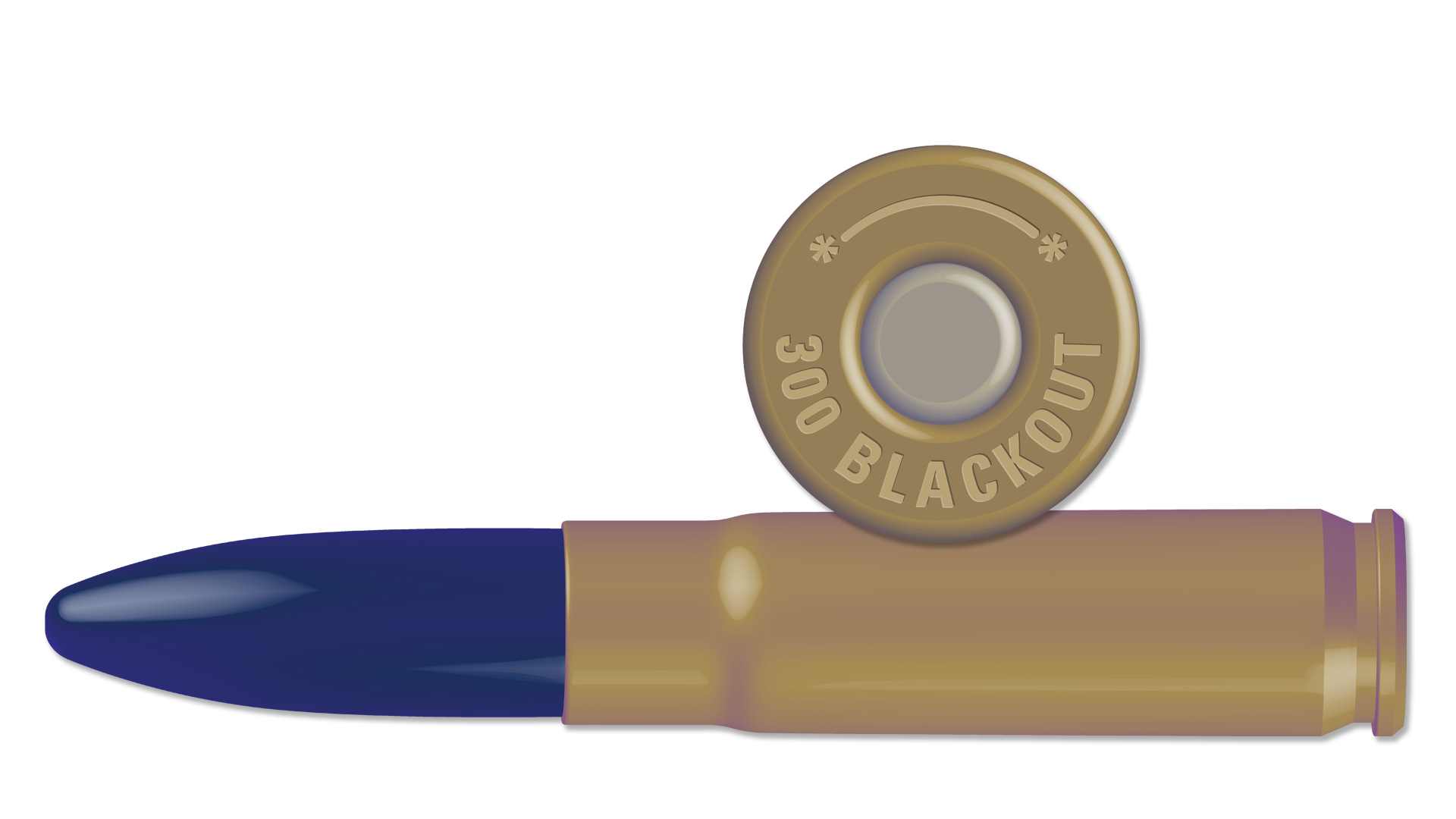
With suppressor wait times at a historic low, subsonic rifle cartridges are more popular than ever. Here is a recipe for low-cost, semi-automatic-friendly .300 Blackout range fodder that runs cleanly and is affordable.
 This recipe centers around a 220-grain Spire Point from The Blue Bullets. These projectiles feature a high-temp polymer coating in lieu of a conventional copper jacket. The Blue Bullets attests that these are safe for firearms with gas systems, and the results of my 100-round test support that claim. Furthermore, the coating is similar to that used in Federal’s “clean” line of .22 Long Rifle ammunition, and, as such, reduces fouling in both the barrel and the suppressor.
This recipe centers around a 220-grain Spire Point from The Blue Bullets. These projectiles feature a high-temp polymer coating in lieu of a conventional copper jacket. The Blue Bullets attests that these are safe for firearms with gas systems, and the results of my 100-round test support that claim. Furthermore, the coating is similar to that used in Federal’s “clean” line of .22 Long Rifle ammunition, and, as such, reduces fouling in both the barrel and the suppressor.
Seating polymer-coated bullets takes a bit of care, as disturbing the coating can lead to accuracy loss and chambering issues. Therefore, it’s essential to flare case mouths. For those lacking a .308-diameter die, a .32-cal. pistol expander die will do, so long as it barely engages the case. Starline brass handles this stretching quite well and is my top recommendation for this load. A common CCI 400 Small Rifle Primer is all that is required to get your cases ready for propellant.
The .300 Blackout powder debate was settled the day Hodgdon introduced CFE BLK, as it filled the necessary burn-rate gap to enable reliable cycling across a variety of gas systems. Its spherical composition also makes it an exceptional choice for progressive loaders, as it meters well. A charge weight of 10.2 grains keeps these comfortably below the sound barrier, and, through my rifle, groups tightly enough for shooting tin cans and the like.
I use Hornady’s custom seating die to finalize the cartridge. In my experience, crimping isn’t necessary, as it only digs into the polymer coating. An overall length of 2.185" runs and shoots well in my rifle. Once tuned, you’ll have an excellent high-volume load that won’t have your wallet singing the blues.












